| RECENT POSTS DATE 12/11/2025 DATE 12/8/2025 DATE 12/3/2025 DATE 11/30/2025 DATE 11/27/2025 DATE 11/24/2025 DATE 11/22/2025 DATE 11/20/2025 DATE 11/18/2025 DATE 11/17/2025 DATE 11/15/2025 DATE 11/15/2025 DATE 11/14/2025
| | |  CORY REYNOLDS | DATE 3/30/2022Featured images—two posters by Herbert Bayer (1927 and 1968) and a spread from László Moholy-Nagy's 1928 Bauhausbücher series book, Painting, Photography, Film—are from Bauhaus Typography at 100, launching tonight with a talk by design luminary Ellen Lupton, who also contributes the Introduction to the book. "The Bauhaus remains today an open idea and a contested myth," Lupton writes. "Some designers working in the 1920s thought the Bauhaus was arrogant and self-important. In Germany in the 1920s and 30s, the egalitarian universalism of the Bauhaus was attacked by nationalists hawking their poisoned promises of racial purity. Even before the Bauhaus was closed by the Nazis in 1933, it had become a flattened icon for functional design, and yet the school’s strongest educators—from Itten, Klee and Kandinsky to Moholy-Nagy, Albers and Schmidt—pursued humanistic, even spiritual, paths through their teaching. Moholy-Nagy left, in part, because he thought the school was becoming too focused on practical concerns. Later, postmodernists poked fun at its repression of history and ornament, as well as its ideological fervor. Today, the Bauhaus faces new tests of purity. The modernist legacy is Eurocentric, patriarchal and exclusionary. Although some design educators say, 'It’s time to throw the Bauhaus under the bus,' others keep finding new ideas in this school’s layered history. The people who lived, worked, wrote and taught within the Bauhaus’ glowing orb of influence struggled with the conflicts and possibilities of their time. They looked boldly forward—and also sideways—at the dangerous present. They left behind their own trails of light and shadow—traces to be read, interpreted, and questioned." Letterform Archive Books
Hbk, 7.5 x 9.5 in. / 280 pgs / 450 color / 25 b&w. $45.00 free shipping
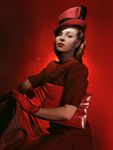 DATE 12/3/2025  DATE 11/27/2025  DATE 11/22/2025 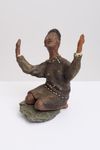 DATE 11/20/2025  DATE 11/18/2025  DATE 11/13/2025 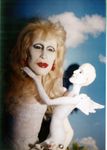 DATE 11/7/2025 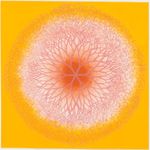 DATE 11/4/2025  DATE 11/2/2025 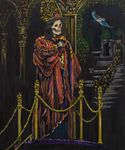 DATE 10/31/2025  DATE 10/28/2025 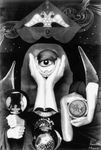 DATE 10/23/2025 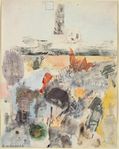 DATE 10/22/2025 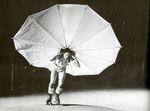 DATE 10/22/2025  DATE 10/21/2025  DATE 10/20/2025  DATE 10/16/2025  DATE 10/14/2025  DATE 10/11/2025  DATE 10/7/2025  DATE 10/6/2025  DATE 10/3/2025  DATE 10/1/2025  DATE 9/23/2025 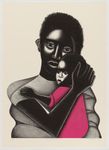 DATE 9/21/2025 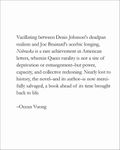 DATE 9/17/2025  DATE 9/10/2025  DATE 9/6/2025  DATE 9/4/2025  DATE 9/2/2025  DATE 9/1/2025  DATE 8/27/2025  DATE 8/25/2025  DATE 8/23/2025 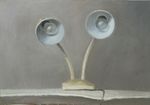 DATE 8/21/2025 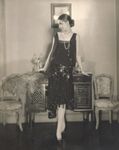 DATE 8/18/2025  DATE 8/15/2025  DATE 8/12/2025  DATE 8/9/2025  DATE 8/6/2025 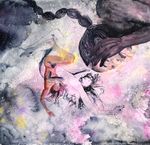 DATE 8/5/2025  DATE 7/31/2025  DATE 7/28/2025 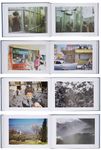 DATE 7/25/2025  DATE 7/21/2025  DATE 7/18/2025 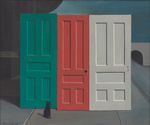 DATE 7/11/2025  DATE 7/3/2025  DATE 6/30/2025  DATE 6/26/2025  DATE 6/22/2025  DATE 6/20/2025  DATE 6/13/2025  DATE 6/12/2025  DATE 6/9/2025  DATE 6/5/2025  DATE 6/1/2025  DATE 5/29/2025  DATE 5/28/2025  DATE 5/23/2025  DATE 5/20/2025  DATE 5/16/2025  DATE 5/12/2025  DATE 5/8/2025  DATE 5/6/2025  DATE 5/4/2025  DATE 5/1/2025  DATE 4/24/2025  DATE 4/21/2025  DATE 4/17/2025  DATE 4/14/2025  DATE 4/10/2025  DATE 4/8/2025  DATE 3/31/2025  DATE 3/27/2025  DATE 3/27/2025  DATE 3/20/2025  DATE 3/18/2025  DATE 3/16/2025  DATE 3/15/2025  DATE 3/13/2025  DATE 3/9/2025  DATE 2/19/2025  DATE 2/18/2025  DATE 2/17/2025 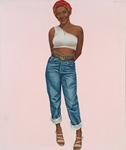 DATE 2/15/2025 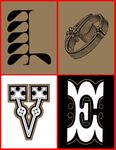 DATE 2/14/2025 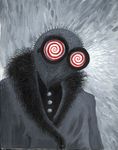 DATE 1/26/2025  DATE 1/20/2025 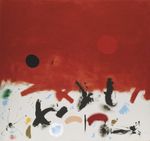 DATE 1/15/2025 |
|